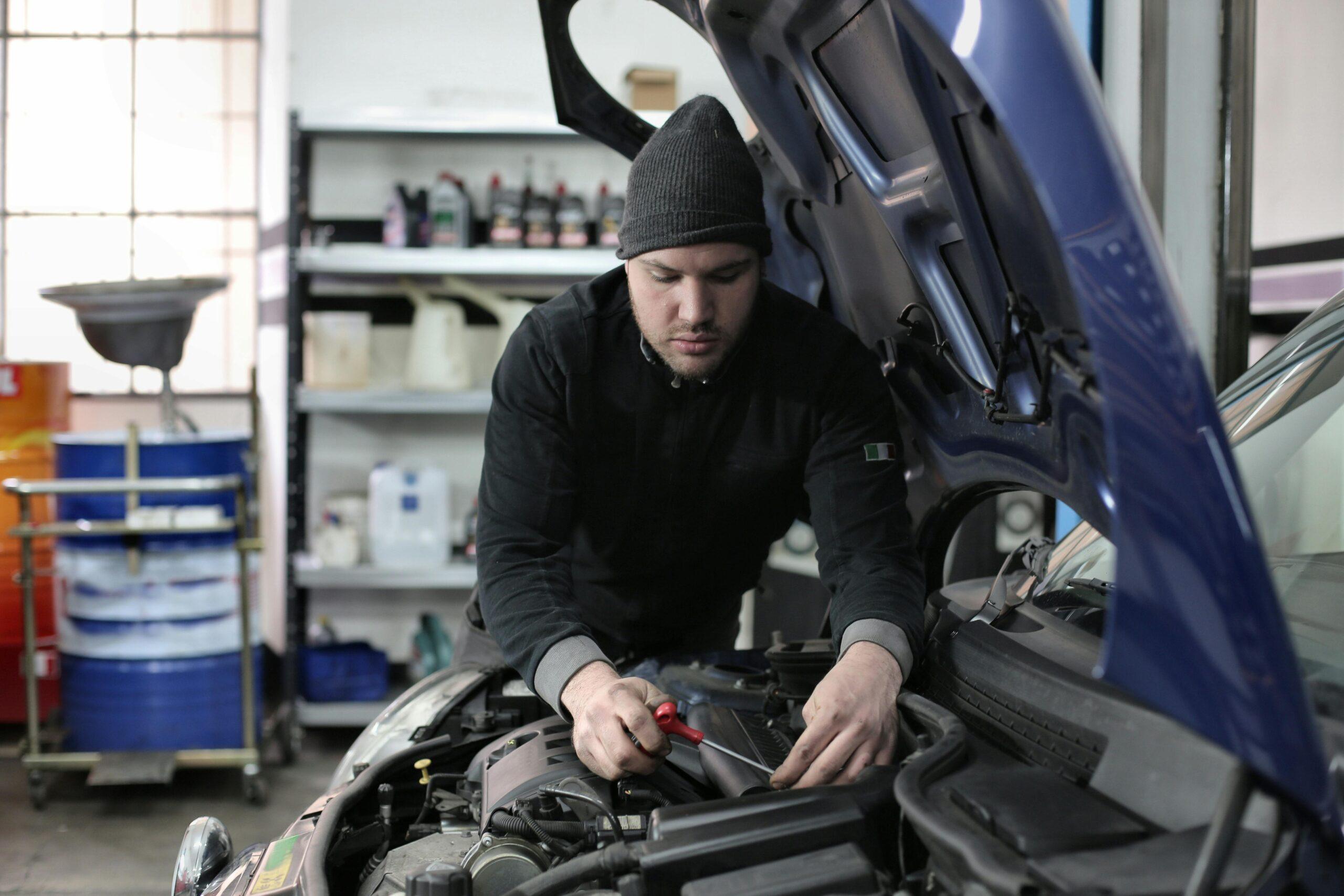
Regular vehicle maintenance is essential to ensure safety, improve performance, and extend your car’s lifespan. While maintaining your vehicle may seem overwhelming, following these tips and tricks can make it simple and manageable. Here’s how you can keep your car in top shape without hassle.
1. Follow a Maintenance Schedule
Key Tip: Stick to Manufacturer Recommendations
Your car’s owner’s manual contains a detailed maintenance schedule. Follow it for services like:
• Oil Changes: Essential for engine health, typically every 5,000–7,500 KM/Miles.
• Brake Checks: Inspect pads and fluids to maintain safety.
• Filter Replacements: Air and cabin filters should be checked and replaced periodically.
2. Regularly Inspect Fluid levels
Key Tip: Check and Refill Essential Fluids
Fluids are the lifeblood of your vehicle. Check these regularly:
• Engine Oil: Monitor the level and colour every month.
• Coolant: Prevents overheating; check before long trips.
• Brake Fluid: Flush and refill every 2-3 years.
• Transmission Fluid: Look for proper levels and a clean red or pink colour.
• Windshield Washer Fluid: Essential for visibility, especially in adverse weather.
3. Keep Tires in Good Shape
Key Tip: Make Tires a Priority
Healthy tires improve safety, fuel efficiency, and handling. Focus on:
• Tire Pressure: Check monthly using a gauge and inflate to the recommended KPA/PSI.
• Tread Depth: Replace tires when the tread reaches 2/32 inches or 1.5mm. Use the penny test if you’re unsure.
• Alignment and Rotation: Rotate every 5,000–7,500 KMS/Miles and align annually to prevent uneven wear.
4. Test Your Battery Regularly
Key Tip: Prevent Unexpected Battery Failure
Your car battery powers essential systems and should be checked every few months:
• Clean Terminals: Use a brush to remove corrosion.
• Check Voltage: Ensure it’s between 12.4–12.7 volts.
• Replace Before Failure: Most batteries last 3-5 years; replace proactively.
5. Pay Attention to Warning Signs
Key Tip: Address Problems Early
Dashboard warning lights are your car’s way of telling you something is wrong. Common lights include:
• Check Engine Light: Could indicate minor or major issues—get it checked promptly.
• Low Tire Pressure Warning: Inflate tires immediately to avoid damage.
• Oil Pressure Warning: Stop driving and check the oil level.
6. Clean Your Vehicle Inside and Out
Key Tip: Protect Your Investment
Keeping your car clean isn’t just about appearances; it prevents damage:
• Wash Regularly: Removes dirt, salt, and grime that can cause rust.
• Wax Every 6 Months: Protects paint from UV rays and scratches.
• Vacuum the Interior: Keep carpets, seats, and vents free from dust and debris.
7. Invest in Regular Inspections
Key Tip: Schedule Professional Checkups
Routine inspections can uncover hidden issues before they become major problems:
• Annual Inspection: Have a mechanic check brakes, suspension, and other key systems.
• Pre-Road Trip Inspection: Ensure your car is ready for long-distance travel.
8. Keep an Emergency Kit in Your Car
Key Tip: Always Be Prepared
An emergency kit is essential for unexpected situations. Include:
• Jumper cables
• Tire repair kit or spare
• Flashlight and extra batteries
• First aid kit
• Portable phone charger
• Non-perishable snacks and water
9. Drive Responsibly
Key Tip: Reduce Wear and Tear
Good driving habits can extend the life of your car:
• Avoid Hard Stops and Starts: Gentle acceleration and braking reduce strain on the engine and brakes.
• Stay Within Load Limits: Overloading puts stress on tires and suspension.
• Warm Up in Cold Weather: Let the engine idle for a minute or two in winter before driving.
10. Track Maintenance Records
Key Tip: Stay Organized
Maintaining records helps you stay on top of past services and plan for future ones:
• Digital Apps: Use apps to log repairs and reminders.
• Manual Records: Keep receipts and notes in a dedicated folder.
This habit also boosts your car’s resale value by showing it’s well-maintained.
Final Thoughts
Keeping your vehicle maintainable and up to date doesn’t have to be a chore. By following these tips, you’ll not only ensure your car runs smoothly but also save money on avoidable repairs and enjoy peace of mind on the road. Regular care is the key to a long-lasting, reliable vehicle—treat your car well, and it will take care of you!
